When the New Year rolls around, many people see it as a perfect time to reset and refresh. Particularly after the rich and festive meals during the holidays, many people make New Year’s resolutions to start eating healthier and exercising regularly, for example. And if you’re like me, you might have some trouble keeping those resolutions throughout the entire year.
The holidays are also a time when many people, myself included, consume (more than) our fair share of alcoholic beverages. Between holiday parties, happy hours, spiked eggnog drinks, all those festive cocktails, and countless bottles of Christmas wine, you may feel like your liver needs a bit of a break. Dry January was designed for precisely this purpose — to encourage people to abstain from alcohol for the entire month, to restore their physical health and their healthy relationship with alcohol.
If you’ve never participated in Dry January before, you may think it downright daunting or completely unnecessary. But you may be surprised at how beneficial and easy it can be with discipline, flexibility, and planning. So, if you’re looking for a fresh way to boost your health in 2025, keep reading for our Dry January tips.
What is Dry January?
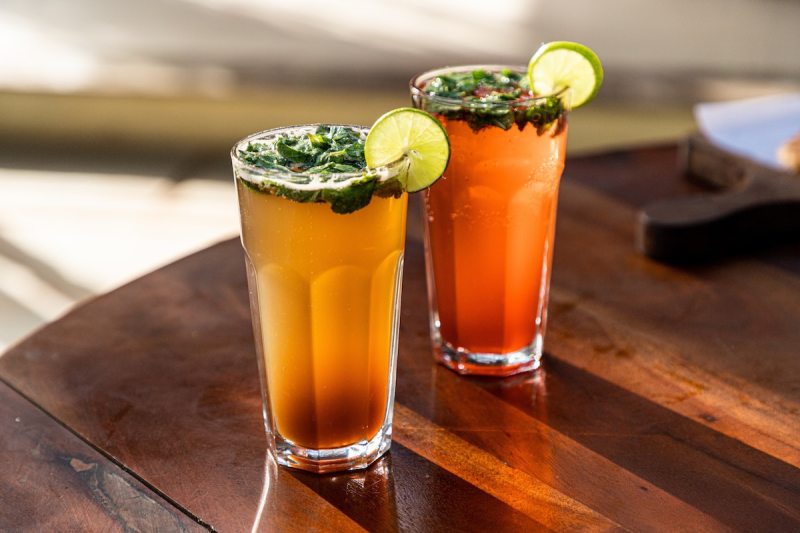
Dry January was started in 2013 by a British organization called Alcohol Change UK. Dry January aims to help adults improve their health and reset their relationship with drinking by challenging them to abstain from alcohol throughout the entire month of January.
What began as a simple initiative has become a movement with a robust app and a host of online supportive resources, helping participants stick with their goals and stay sober for the 31-day challenge. There are also many non-alcoholic beverage companies with zero-proof options, giving Dry January participants alternatives for social, ritualistic, and flavor substitutes for their favorite alcoholic beverages.
Benefits of Dry January
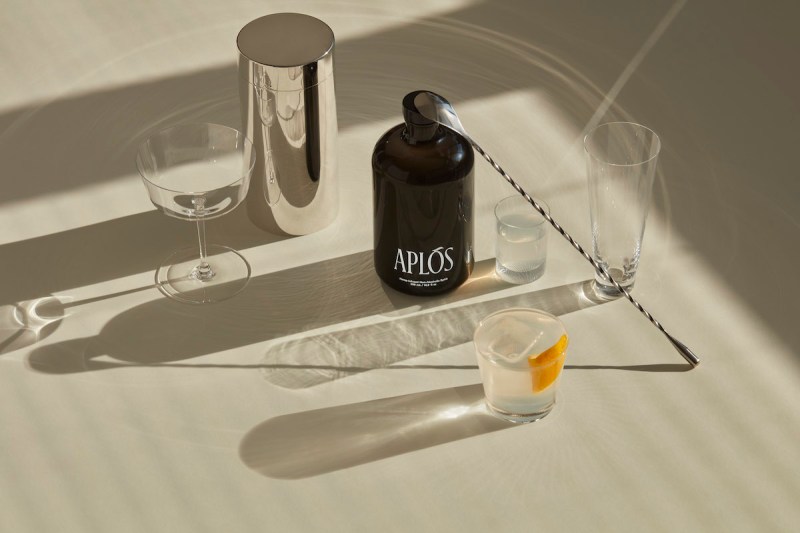
Abstaining from alcohol during Dry January can result in several key benefits, including the following:
1. It can help you sleep better
Alcohol can interrupt normal sleep patterns and prevent deep sleep. You can also wake up groggy or hungover.
2. It can help you lose weight
Alcohol contains seven calories per gram. Most alcoholic drinks are also packed with sugar, and as drinking is often accompanied by snacking or feasting, cutting out alcohol can do wonders for trimming down the waistline.
3. It can save you money
Let’s face it: A trip to the bar or a nice bottle of wine can be quite expensive, so your wallet may enjoy nice padding by participating in Dry January.
4. It can improve markers of health
Research shows that reducing your alcohol intake can reduce blood glucose levels, lower cholesterol, and reduce your blood pressure.
5. It can help improve and stabilize your mood
Though the short-term effects of a drink or two may include a bubbly, gregarious, upbeat mood, alcohol is a depressant. It can negatively impact your mental health, particularly when heavy drinking is chronic or if you deal with dependency issues.
6. It can keep you safer
Alcohol negatively impacts your coordination, reflexes, judgment, and decision-making skills and is associated with an increase in accidents. You can prevent these risks by abstaining during Dry January.
7. It can prevent making poor decisions
Have you ever enthusiastically agreed to something after a fun night at the bar, only to regret it the next day? We’ve all been there, but Dry January prevents alcohol-driven impulsivity and poor decision-making.
8. It can boost your immune system
Studies show that bingeing on alcohol can cause an immune response and may contribute to a reduced ability to fight off infections and illnesses. Dry January is a good time to boost your immune system because colds and the flu tend to run rampant in winter.
9. It can increase your energy
Alcohol can negatively impact energy levels by compromising sleep and generally depressing your nervous system.
10. It can improve your relationship with alcohol
Dry January can help you examine your relationship with alcohol and understand whether you are relying on it as a coping mechanism for stress, as a crutch in social situations, or otherwise feel some dependency on it. By challenging yourself to complete Dry January, you can discover other potentially healthier substitutes for alcohol, and you may find that you return to drinking in subsequent months with a more balanced approach as well as an appreciation for non-alcoholic alternatives to enjoy instead of as many
Tips for a successful Dry January
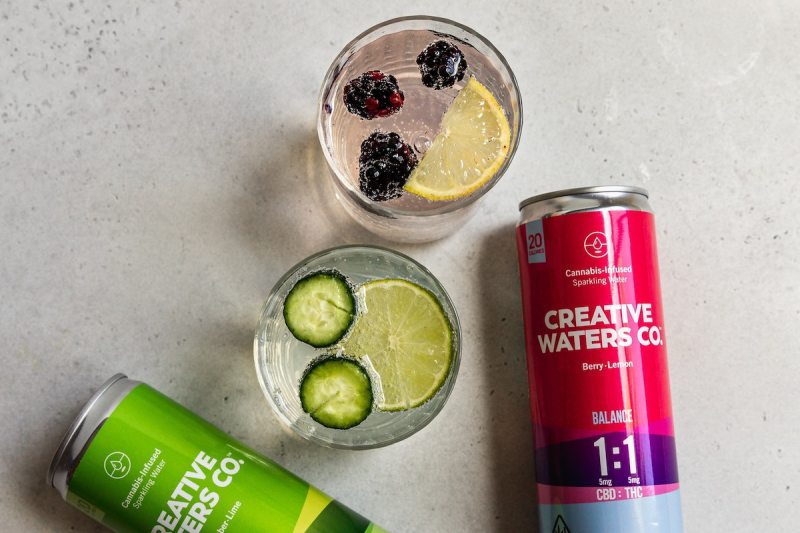
These tips will help you navigate Dry January and hopefully successfully abstain during the month.
- Get your friends or significant other involved: Any challenge can be easier when you tackle it together with a supportive partner or friends. Commit together because then you’ll all be looking for non-alcoholic activities.
- Keep a journal: It may sound cheesy or touchy-feely, but taking a few moments every day to jot down how you feel can help you connect alcohol to symptoms like bloating, low energy, and poor sleep. You may notice a trend over the month of abstaining that you’re not experiencing some of the normal negative effects you usually feel after a night out (or in) with a few too many.
- Change your routine: Drinking can be habitual. Perhaps you crack open a beer nearly on autopilot when you come home from the office, have a post-dinner scotch out of habit, or always hit up happy hour with your buddies on Friday. Switching your routine can remove the normal stimulus to drink, making it feel like you’re not missing out on your alcoholic beverage. Instead, try taking a walk when you get home, playing a game after dinner, or hitting the gym instead of happy hour to remove the triggers to drink.
- Get creative with socializing: If many of your social events revolve around drinking or eating, suggest alternatives like going bowling or to an arcade, shooting hoops at the rec center, or going for coffee or tea.
- Enjoy non-alcoholic alternatives: There are some great non-alcoholic options for nearly every type of booze, and you can even make healthy mocktails. Check out our guide with all sorts of options for what to drink during Dry January.
- Keep the benefits in mind: When your motivation is waning, remind yourself why you’re doing Dry January, whether to drop a few pounds, sleep better, reduce spending, or reset your relationship with alcohol. Keeping your “why” in mind can give you the fortitude to keep at it.
- Reward yourself: Choose non-alcoholic rewards to stick with your goal of completing Dry January. The options are endless, but suggestions include treating yourself and your significant other to dinner at your favorite restaurant, buying a new pair of sneakers, going to a movie, or getting a massage.
- Get professional help: If you are concerned about your relationship with alcohol, consider speaking to your healthcare provider or seeking therapy or a support group.
There’s an app for that
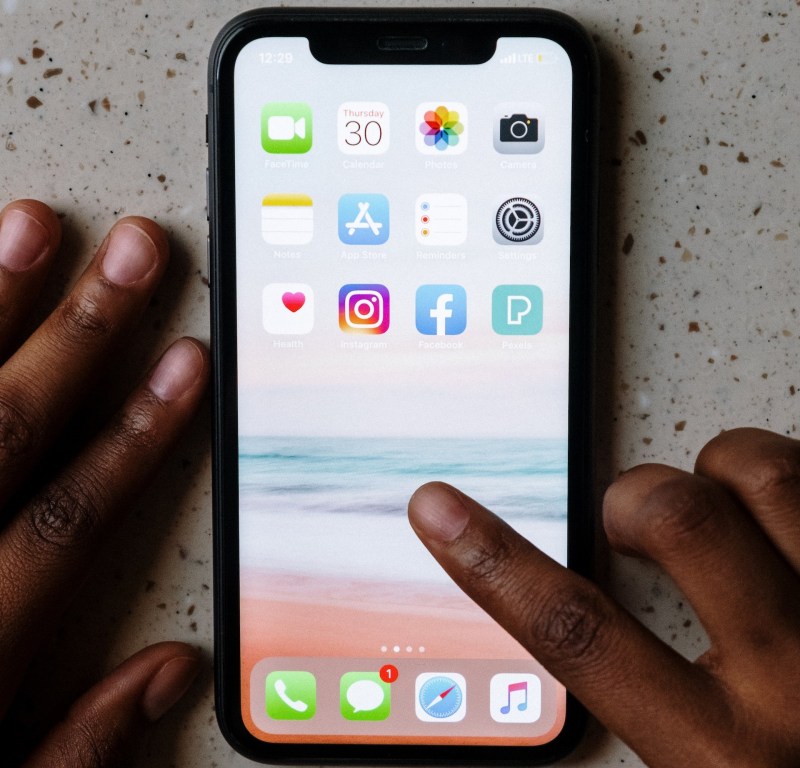
The benefits of Dry January are backed up by a study from the American Psychological Association, which found that people who made it through Dry January showed a reduced tendency to drink, even after six months, on an average of drinking one fewer day per week and one less drink on the days they did drink.
If you are looking for some help getting started with Dry January, Alcohol Change UK has a free app called Try Dry, which contains a number of tools to help you navigate Dry January.
The app allows you to:
- Track the calories and money you save by cutting out alcohol
- Understand your drinking patterns
- Track your sleep, energy level, and mood
- Track when you have alcohol cravings
Try some of these mocktails

Dry January is a perfect time to try a new mocktail. We’ve gathered a few
Blackberry basil mojito
Ingredients
- 4 ripe blackberries
- 4-6 basil torn leaves
- 1 tablespoon fresh lime juice
- 1 tablespoon cane sugar
- 1 cup crushed ice
- 6 ounces seltzer
- Basil leaves for garnish
Method
- Muddle blackberries. Strain berry juice into a glass. Discard the flesh and seeds.
- Add basil, sugar, and lime into the glass and muddle together.
- Add crushed ice and pour in seltzer. Gently stir.
- Garnish with basil leaves.
Cranberry kiss
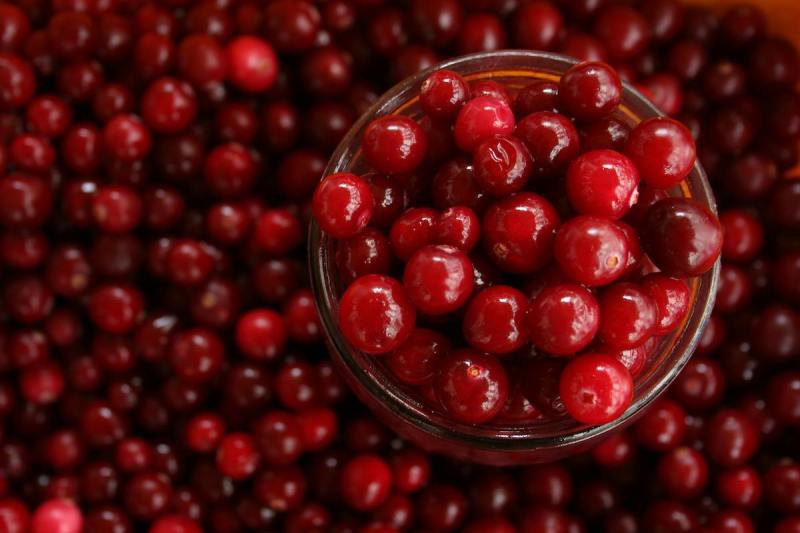
Ingredients
- 24 ounces cranberry juice cocktail
- 8 ounces orange juice
- 32 ounces club soda or Sprite
- Orange wedges
- Fresh cranberries
Method
- Pour cranberry juice cocktail and orange juice into a pitcher with ice.
- Top with club soda.
- Garnish with orange wedges and/or fresh cranberries.
Virgin coquito

Ingredients
- 1 (14-ounce) can sweetened condensed milk
- 1 (15-ounce) can cream of coconut
- 13 ounces coconut milk
- 4 ounces evaporated milk
- 1/2 teaspoon ground nutmeg
- 1/2 teaspoon ground cinnamon
- 1/2 teaspoon vanilla extract
- 4 tablespoons shredded coconut
- 4 ounces raisins
- 2 cinnamon sticks
Method
- In an air-tight pitcher, pour in the coconut milk. Add in the raisins and cinnamon sticks. Allow flavors to infuse for a minimum of two hours in the refrigerator. For best results, infuse for up to three days.
- Strain the infused coconut milk into a blender. Add in the rest of the ingredients.
- Blend thoroughly until you create a smooth consistency.
- Allow the mocktail to rest in the refrigerator for at least an hour before serving.




